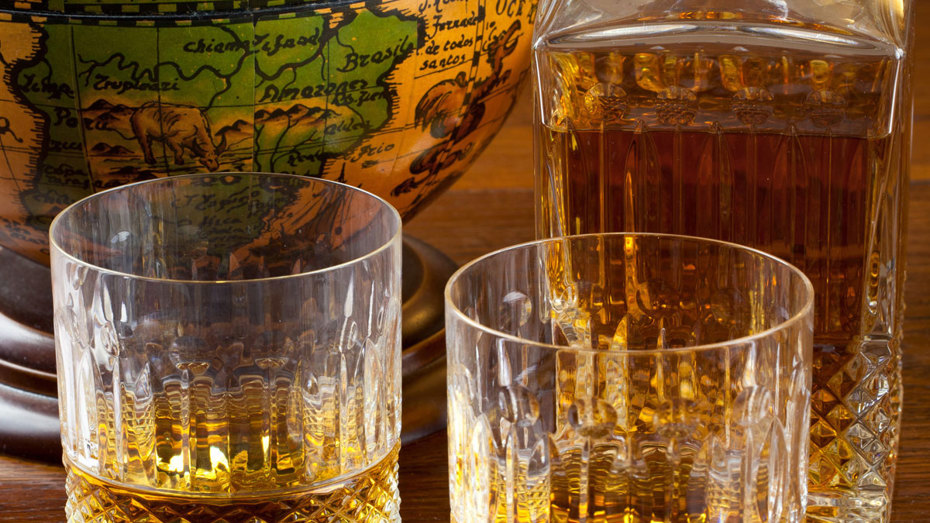Whiskey is truly a global affair, with countries like Scotland, Ireland, and Japan having distinct and deeply-rooted traditions. However, bourbon, a spirit indigenous to the United States, has carved its own unique and influential niche in the global spirits market. Hailing from the rolling bluegrass fields of Kentucky, bourbon has traveled across continents, showcasing its rich, caramel-laden profile to enthusiasts everywhere. Let's explore how this distinctly American spirit has made its mark internationally.
Bourbon's American Roots
Bourbon, by definition, is deeply American. To be considered bourbon, the spirit must be produced in the U.S. from at least 51% corn, aged in new charred oak barrels, and adhere to several other specific criteria. While it isn't confined to Kentucky by law, the state is undoubtedly its spiritual home, producing the lion's share of the world's supply and boasting a heritage intertwined with bourbon's evolution.
Bourbon's Overseas Journey
Bourbon's journey from American taverns to international bars wasn't instantaneous. Post-Prohibition, the U.S. whiskey industry took time to recover, and it wasn't until the late 20th century that bourbon began gaining international acclaim. Initially, its unique sweetness, derived from corn, set it apart from the malt whiskeys of Scotland or the blends of Ireland.
Regions Embracing Bourbon
- Europe: Europe, with its rich history of alcohol production and appreciation, was one of the first continents to embrace bourbon outside of the U.S. The United Kingdom, in particular, became a significant market, with bars in London championing bourbon-based cocktails. Countries like Germany and France also showcased a growing interest, often pairing bourbon with traditional European dishes in fusion cuisine.
- Asia: Japan, already a connoisseur of fine whiskey, has shown a deep appreciation for bourbon. Japanese bartenders, known for their meticulous cocktail-making techniques, have adopted bourbon as a choice spirit in their mixology. This has further been reinforced by collaborations between American and Japanese whiskey producers.
- Australia: The Australian market has been another success story for bourbon. Australian bars often incorporate bourbon into their repertoire, and whiskey enthusiasts in the region show a keen interest in bourbon's rich and varied expressions.
Bourbon in Global Cocktails
Bourbon's versatility makes it a favorite among bartenders worldwide. Classic bourbon cocktails like the Old Fashioned and the Whiskey Sour have been adopted and adapted internationally. For instance:
- In Tokyo, one might find an Old Fashioned infused with yuzu, a citrus fruit popular in Japan.
- In Paris, a Whiskey Sour might be served with a hint of lavender or elderflower, embracing the botanicals popular in European mixology.
Cultural Exchanges and Collaborations
Bourbon's global influence isn't a one-way street. As much as the world has embraced bourbon, American producers have also been inspired by global spirits traditions
- Collaborative bottlings between Japanese and American distillers have given rise to expressions that combine the best of both whiskey worlds.
- Some American distillers experiment with Scotch-style peat or Spanish sherry casks, broadening bourbon's traditional taste profile.
The Power of Education
Bourbon's global rise can also be attributed to education. Distilleries and brand ambassadors have held tastings, seminars, and events worldwide, educating enthusiasts about bourbon's rich heritage, production methods, and taste profiles. This education has played a pivotal role in dispelling myths and highlighting what makes bourbon unique.
Conclusion
From its American heartland, bourbon has journeyed to become a spirit celebrated across continents. Its unmistakable sweet, oaky profile, combined with a rich history, has resonated with enthusiasts everywhere. Bourbon's global influence is a testament to its timeless appeal and the universal language of quality spirits. Whether sipped neat in a Sydney bar, mixed into a cocktail in Barcelona, or paired with sushi in Osaka, bourbon stands as a proud ambassador of American culture and craftsmanship.

